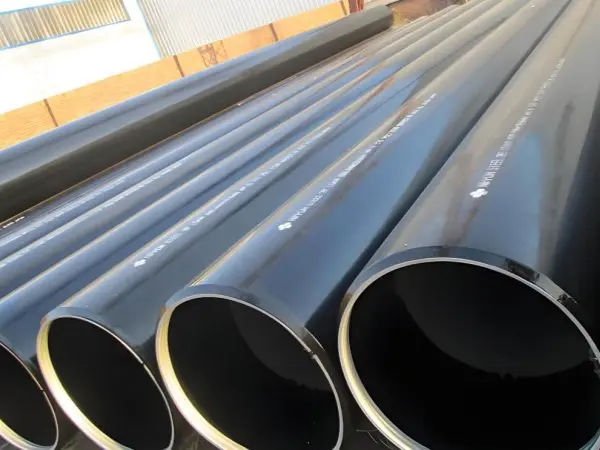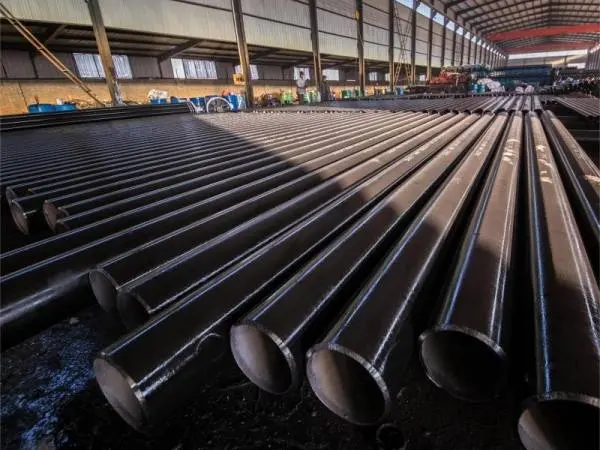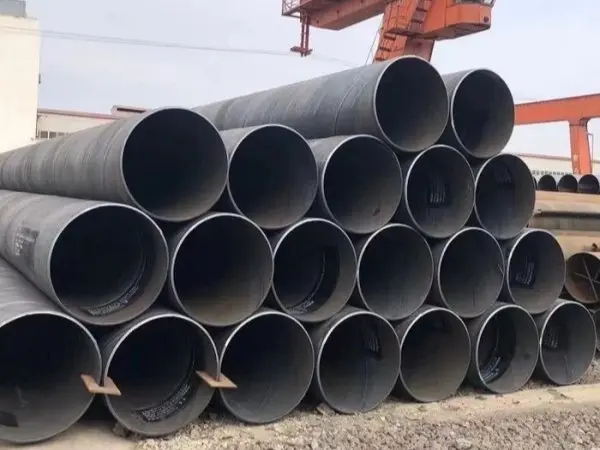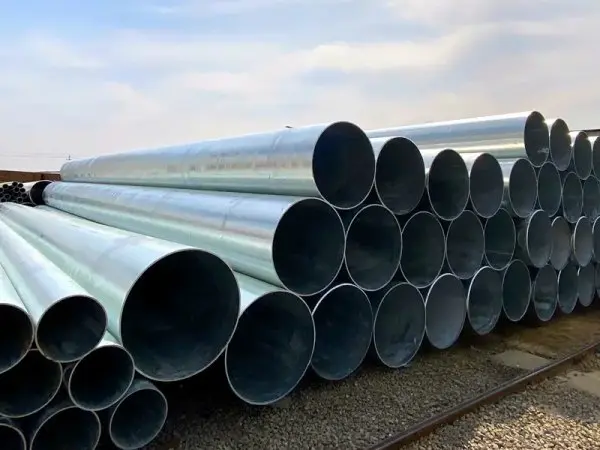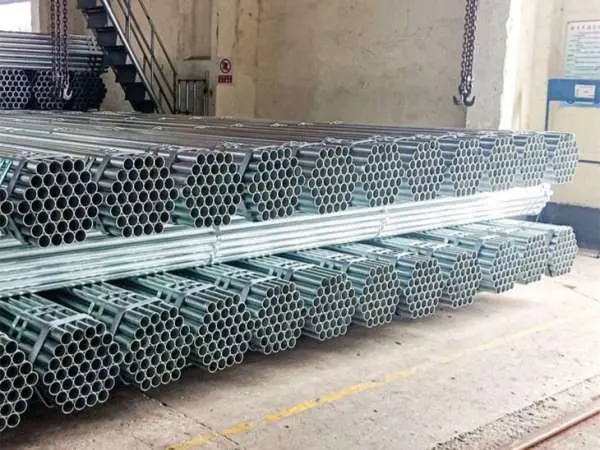- Phone0086 731 8564 8255
- E-mailsales@cscsteel-manufacturing.com
-

In the steel industry, distinguishing between carbon steel plates and ordinary steel plates can sometimes be confusing. While the terms are often used interchangeably, they refer to different categories of steel products with distinct compositions and applications.
Continental Steel Co., Ltd is professional steel plates manufacturer, for more details, please contact:sales@cscsteel-manufacturing.com
Definition and Composition
Carbon steel plate is a type of iron-carbon alloy with a carbon content ranging from 0.0218% to 2.11%. Aside from carbon, it contains trace amounts of silicon, manganese, sulfur, and phosphorus. Due to its affordability and ease of processing, carbon steel is widely used across industrial sectors.
On the other hand, ordinary steel plate is a broad and non-specific term that refers to a wide variety of steel types. This includes ordinary carbon steel, high-quality carbon steel, and low-alloy structural steel plates, among others. These plates form the foundation of structural support in construction, manufacturing, and machinery.
Chemical Composition
The key distinction lies in their chemical makeup:
Carbon steel plates have a relatively simple composition, mainly consisting of carbon and iron, with carbon content significantly influencing their hardness and strength.
Ordinary steel plates, especially ordinary carbon steel, typically have a carbon content below 0.38%, and may contain higher levels of sulfur and phosphorus (up to 0.050% and 0.045% respectively). In high-quality carbon steel, sulfur and phosphorus levels are more strictly controlled (both ≤0.04%), enhancing performance.
Performance and Characteristics
The performance of each type also differs:
Carbon steel plates gain increased strength and hardness as carbon content rises, but this comes at the cost of reduced ductility and weldability.
Ordinary steel plates vary widely in performance. Ordinary carbon steel plates are known for their good plasticity, lower strength, and cost-efficiency, making them ideal for general construction and manufacturing of low-demand components.
Applications in Industry
Because of these differences in properties, the two materials serve different purposes:
Carbon steel plates are commonly used for critical mechanical components that require high strength, precision shaping, or wear resistance—particularly where forging is not practical.
Ordinary steel plates see broader use across construction (e.g., buildings, bridges, infrastructure) and mechanical manufacturing (e.g., basic machine components), offering general structural support at a lower cost.
Choosing the Right Material
When selecting between carbon steel and ordinary steel plates, several factors should be considered:
Mechanical Requirements: If your project demands high strength and hardness in a dry environment, carbon steel plates are ideal. For example, high-carbon steel is often used in mold manufacturing for its wear resistance and durability.
Environmental Resistance: In corrosive or high-temperature settings, special steel plates such as stainless steel or alloy steel (categories under ordinary steel) are more suitable. For instance, chemical processing equipment often relies on stainless steel for its corrosion resistance.
Budget: Carbon steel plates are more cost-effective, making them suitable for large-scale or budget-sensitive projects. If higher performance is needed and the budget allows, high-grade ordinary steel plates can provide a better balance of strength, durability, and special properties.
